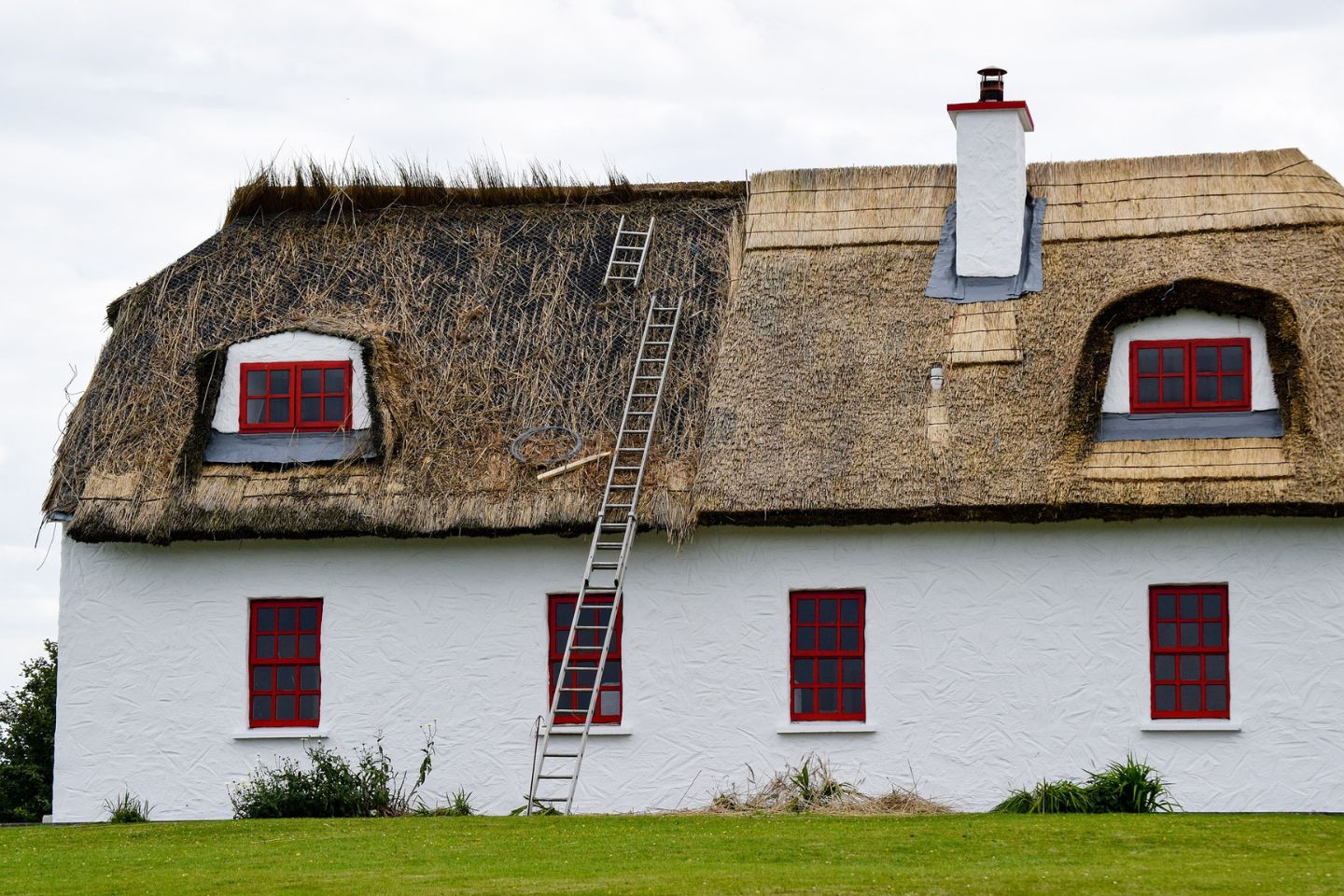

Articles
How Long Does A Thatch Roof Last
Modified: December 7, 2023
Discover the lifespan of a thatch roof in this informative article. Learn about the factors that affect its longevity and when it may need to be replaced.
(Many of the links in this article redirect to a specific reviewed product. Your purchase of these products through affiliate links helps to generate commission for Storables.com, at no extra cost. Learn more)
Introduction
Thatch roofs have a long history and are popular in various parts of the world for their unique charm and natural aesthetics. The art of thatching dates back centuries and has been used as a roofing material in traditional and historic buildings.
A thatch roof is made from dried vegetation such as straw, reeds, or palm leaves that are layered and secured to create a waterproof covering for a structure. It offers a rustic appearance and blends harmoniously with the surrounding environment, making it a preferred choice for those seeking a natural and eco-friendly roofing option.
However, one common concern among homeowners considering a thatch roof is the lifespan of this type of roofing material. How long can you expect a thatch roof to last? Let’s explore the factors that influence its lifespan, as well as ways to extend its durability through proper maintenance.
Key Takeaways:
- Thatch roofs can last 20-40 years with proper maintenance, but factors like material, climate, and installation quality influence their lifespan. Regular inspections, cleaning, and fire retardant treatment can extend their durability.
- Signs of wear, leaks, sagging, pests, and age indicate a thatch roof may need replacement. Proactive maintenance, ventilation, and professional care can help preserve the timeless beauty and functionality of these unique roofs.
Read more: How Long Does Roof Last
What is a thatch roof?
A thatch roof is a traditional roofing option that involves using natural materials for coverage. It is constructed by layering dried vegetation, such as straw, reeds, or palm leaves, in an overlapping pattern to create a thatch covering. The thatching material is then secured to a roof structure, be it timber or bamboo, to form a waterproof and durable surface.
Thatch roofs have been used for centuries in various parts of the world, and their construction methods can vary depending on the regional climate, available materials, and cultural traditions. For instance, in Europe, straw thatch is commonly used, while in tropical regions, palm leaf thatch is more prevalent.
Thatch roofs offer a range of benefits. They are known for their excellent natural insulation properties, providing warmth in winter and keeping the interior cool in summer. The thick layers of thatch also offer sound insulation, reducing noise pollution from outside.
One of the most appealing aspects of a thatch roof is its unique visual aesthetic. The irregular texture and color of the thatch create a charming rustic and organic look that blends seamlessly with the natural surroundings. Thatch roofs have become popular for both traditional and modern homes seeking to achieve a distinctive and timeless appeal.
While thatch roofs may not be as common in urban areas due to modern construction practices and fire safety regulations, they continue to be favored in rural and suburban locations, as well as for the restoration of historic buildings.
Factors affecting the lifespan of a thatch roof
Several factors can impact the lifespan of a thatch roof. While a well-built and properly maintained thatch roof can last for several decades, it is essential to consider these factors that may affect its durability:
- Thatch material: The type of thatching material used plays a significant role in the lifespan of a thatch roof. Natural materials like straw, reeds, or palm leaves have different durability levels. For example, straw thatch tends to have a shorter lifespan compared to reed or palm thatch.
- Regional climate: The local climate and weather conditions can have a significant impact on the lifespan of a thatch roof. Excessive sun exposure, high humidity, heavy rainfall, and strong winds can accelerate the deterioration of the thatching material. Regions with milder climates may see thatch roofs lasting longer than those in harsher environments.
- Roof pitch: The angle or pitch of the roof also affects the lifespan of a thatch roof. Steeper pitches allow for better water runoff, reducing the risk of water retention and potential damage to the thatch. Roof pitches with a minimum of 45 degrees are often recommended for thatch roofs.
- Quality of installation: The skill and expertise of the thatcher who constructs the roof are crucial for its longevity. A well-installed thatch roof with layers tightly and securely packed can withstand the elements better and last longer than a poorly constructed one.
- Maintenance and care: Regular maintenance and proper care significantly impact the lifespan of a thatch roof. Routine inspections, removing debris and moss, and addressing any signs of damage promptly can help prevent major issues and extend the roof’s lifespan.
It is important to note that the lifespan of a thatch roof can vary greatly depending on these factors and how well they are managed. Proper consideration and attention should be given to these aspects to ensure the longevity and durability of the thatch roof.
Average lifespan of a thatch roof
The lifespan of a thatch roof can vary depending on several factors, but on average, a well-maintained thatch roof can last anywhere from 20 to 40 years. However, it is important to note that some well-built and well-maintained thatch roofs have been known to last even longer, surpassing the 40-year mark.
The choice of thatching material can play a significant role in determining the lifespan of a thatch roof. Straw thatch, for example, tends to have a shorter lifespan compared to reed or palm thatch. Straw roofs typically last around 20 to 30 years, whereas reed or palm thatch roofs have the potential to surpass 30 years and even reach 40 or more with proper care.
Climate conditions also impact the longevity of a thatch roof. In areas with mild climates, where the roof is not exposed to extreme weather conditions, the lifespan of a thatch roof may be extended. Conversely, regions with harsher climates, such as frequent heavy rainfall, high humidity, or strong winds, may experience a shorter lifespan for the thatch roof.
The maintenance and care given to the thatch roof are crucial for its durability. Regular maintenance, including annual inspections and repairs, removal of debris and moss, and correct application of fire retardant treatments, can significantly extend the lifespan of a thatch roof. Adequate ventilation is also important to prevent the growth of mold or rot.
It’s worth noting that some thatch roofs may require occasional re-thatching during their lifespan. This involves replacing the worn-out thatching material with fresh layers to maintain the roof’s integrity and waterproofing properties. The frequency of re-thatching will depend on factors like the quality of the initial installation, the chosen thatching material, and the specific climate conditions.
Ultimately, the average lifespan of a thatch roof can be influenced by various factors such as the quality of installation, material choice, climate, and maintenance. By considering these factors and investing in proper care and maintenance, homeowners can enjoy the beauty and functionality of a thatch roof for several decades.
Thatch roofs can last anywhere from 20 to 60 years, depending on the type of thatch material used, the climate, and the maintenance. Regular maintenance and proper installation can help extend the lifespan of a thatch roof.
Maintenance and care for a thatch roof
Maintaining and caring for a thatch roof is essential for ensuring its longevity and preventing unnecessary damage. Here are some key maintenance practices to consider:
- Regular inspections: Conduct regular inspections of the thatch roof to identify any signs of wear, damage, or potential issues. Inspect for loose thatch, signs of pests, or water leakage. Early detection can prevent small problems from becoming more significant.
- Cleaning: Remove debris, such as leaves, branches, and bird nests, from the thatch roof. Debris can trap moisture and promote the growth of mold or algae, which can damage the thatching material.
- Moss and algae removal: If you notice the growth of moss or algae on the roof, remove it carefully. Use a soft broom or brush to gently brush away the growth, taking care not to damage the thatch during the process.
- Thatch combing: Use a thatch comb or rake to gently comb the surface of the thatch roof. This helps remove any excess thatch or debris that may have become entangled, ensuring better airflow and reducing the risk of moisture retention.
- Fire retardant treatment: Applying a suitable fire retardant treatment is crucial for protecting a thatch roof. This treatment helps to prevent the thatch from catching fire, offering a layer of fire resistance and safety.
- Roof repairs: Address any signs of damage promptly. Repair loose thatch, patch up holes, and replace damaged sections to maintain the roof’s integrity. This will help prevent further deterioration and extend the lifespan of the thatch roof.
- Trimming nearby trees and vegetation: Ensure that overhanging branches are trimmed back to prevent foliage from constantly resting on the roof. This will minimize the risk of moisture accumulation and potential damage to the thatch.
- Maintain adequate ventilation: Proper ventilation is crucial for a thatch roof. Ensure that the roof structure allows for air circulation to prevent the growth of mold or rot. Consider adding vents or ensuring that existing vents are unobstructed.
It is important to consult with a professional thatcher or a knowledgeable roofing specialist for specific maintenance recommendations tailored to your thatch roof. They can provide guidance on the best practices and specific products suitable for your roof’s needs.
By following these maintenance practices and regularly caring for your thatch roof, you can help ensure its longevity and enjoy its natural beauty for many years to come.
Read more: What Is A Thatched Roof
Signs that indicate a thatch roof needs replacement
Thatch roofs are known for their durability, but over time, they may require replacement due to wear and tear. Here are some signs that indicate a thatch roof may need to be replaced:
- Thinning thatch: If you notice that the thatch is becoming noticeably thinner and losing its thickness, it may be a sign that the roof is nearing the end of its lifespan. Thinning thatch indicates that the protective layer is diminishing, compromising the roof’s ability to keep out water and withstand the elements.
- Persistent leaks: If you notice water leaks inside your home, even after attempting repairs, it could be a sign that the thatch roof is no longer effectively waterproof. Leaks can lead to structural damage if left unaddressed, and it may be time to consider replacing the roof.
- Excessive sagging: A thatch roof should maintain a relatively straight and even line. If you notice excessive sagging or uneven areas across the roof, it may indicate structural issues or decay within the thatch. This can weaken the roof’s integrity and may necessitate replacement.
- Pest infestation: Pests, such as birds, rodents, or insects, can damage the thatch roof by tearing apart the material or building nests within it. If you notice extensive pest activity or signs of infestation, it may be necessary to replace the damaged sections or consider a full roof replacement.
- Mold and rot: Excessive moisture or poor ventilation can lead to the growth of mold and rot within the thatch. If you observe widespread mold or areas of rot on the roof, it can compromise the structural integrity and pose health risks. In such cases, replacing the affected areas or the entire roof may be necessary.
- Visible damage: Look for signs of visible damage, such as cracks, holes, or missing sections of thatch. Crumbling or decaying thatch that easily falls apart when touched indicates severe deterioration and may require a complete replacement.
- Age and wear: Consider the age of the thatch roof and its overall condition. If the roof is approaching or has exceeded the average lifespan range of 20 to 40 years, it may be prudent to replace it, even if there are no visible signs of significant damage.
It’s crucial to consult with a professional thatcher or a reputable roofing contractor to assess the condition of your thatch roof thoroughly. They can provide expert advice and determine whether repair or replacement is necessary based on the extent of the damage and the overall condition of the roof.
Addressing these signs promptly will help maintain the safety, functionality, and longevity of your roof, ensuring peace of mind and protecting your home from potential damage.
Extending the lifespan of a thatch roof
A well-maintained thatch roof can have a longer lifespan. If you want to extend the life of your thatch roof, here are some tips:
- Regular maintenance: Implement a regular maintenance routine for your thatch roof. Perform thorough inspections at least once a year to identify any signs of wear, damage, or potential issues.
- Annual cleaning: Remove debris such as leaves, branches, or bird nests from the roof surface. Debris can trap moisture and promote the growth of mold or algae, which can damage the thatch.
- Thatch combing and grooming: Use a thatch comb or rake to gently comb the surface of the roof. This helps remove excess thatch and debris, improving airflow and reducing the risk of moisture retention.
- Fire retardant treatment: Apply an appropriate fire retardant treatment to protect the thatch roof from potential fire hazards. Regularly reapply the treatment as recommended by manufacturers.
- Address minor repairs promptly: If you notice any loose thatch or minor damage, repair it promptly to prevent further deterioration. This includes patching up holes or replacing damaged sections with fresh thatch.
- Control moss and algae growth: Remove any moss or algae growth carefully. Regularly inspect the roof for signs of growth, and address it promptly using appropriate methods such as gentle brushing or eco-friendly cleaning solutions.
- Ensure proper ventilation: Proper ventilation is vital for a thatch roof. Ensure that the roof structure allows for adequate air circulation to prevent the growth of mold or rot. Install and maintain vents to promote airflow.
- Consider additional protection: Explore the option of additional protection measures like applying a breathable membrane beneath the thatch. This can help reduce water ingress and prolong the lifespan of the roof.
- Consult professionals: Work with experienced thatchers or roofing specialists who have expertise in maintaining and preserving thatch roofs. They can provide valuable advice, offer specialized care products, and provide professional services to extend the life of your roof.
By following these tips and investing in regular maintenance and care, you can significantly extend the lifespan of your thatch roof. Keep in mind that each roof is unique, and the specific care requirements may vary depending on factors such as location, climate, and thatching material.
Remember, proper maintenance ensures the continued beauty, functionality, and durability of your thatch roof, allowing you to enjoy its natural charm for many years to come.
Conclusion
A thatch roof brings a unique charm and natural beauty to any structure, but it requires proper care and maintenance to ensure its longevity. By understanding the factors that influence the lifespan of a thatch roof and implementing the recommended maintenance practices, you can extend its durability and enjoy its benefits for many years.
Thatch roofs can last anywhere from 20 to 40 years, depending on factors such as the type of thatching material, regional climate, roof pitch, installation quality, and maintenance. Regular inspections, cleaning, moss and algae removal, and addressing minor repairs promptly are essential tasks to keep the roof in optimal condition.
Moreover, applying fire retardant treatment, ensuring adequate ventilation, and considering additional protective measures can further enhance the lifespan of a thatch roof. Consulting with professionals who specialize in thatch roof maintenance and care is vital in receiving expert advice and guidance specific to your roof’s needs.
While signs such as thinning thatch, persistent leaks, excessive sagging, pest infestations, mold and rot, visible damage, and age should be carefully observed to determine the need for a replacement, proactive maintenance can help prevent major issues and extend the lifespan of the thatch roof.
Remember, a well-maintained thatch roof not only offers natural insulation, soundproofing, and a rustic appeal, but it also contributes to the preservation of traditional building techniques and cultural heritage.
With proper attention to maintenance and care, your thatch roof will continue to impress with its timeless beauty and provide a reliable shelter for years to come.
Frequently Asked Questions about How Long Does A Thatch Roof Last
Was this page helpful?
At Storables.com, we guarantee accurate and reliable information. Our content, validated by Expert Board Contributors, is crafted following stringent Editorial Policies. We're committed to providing you with well-researched, expert-backed insights for all your informational needs.
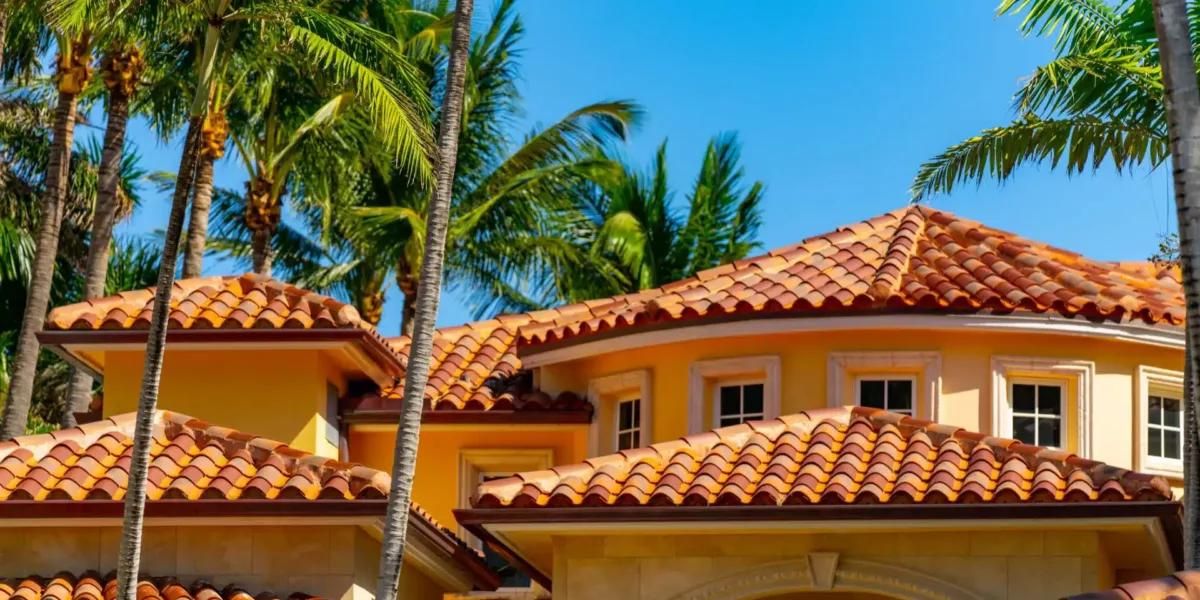
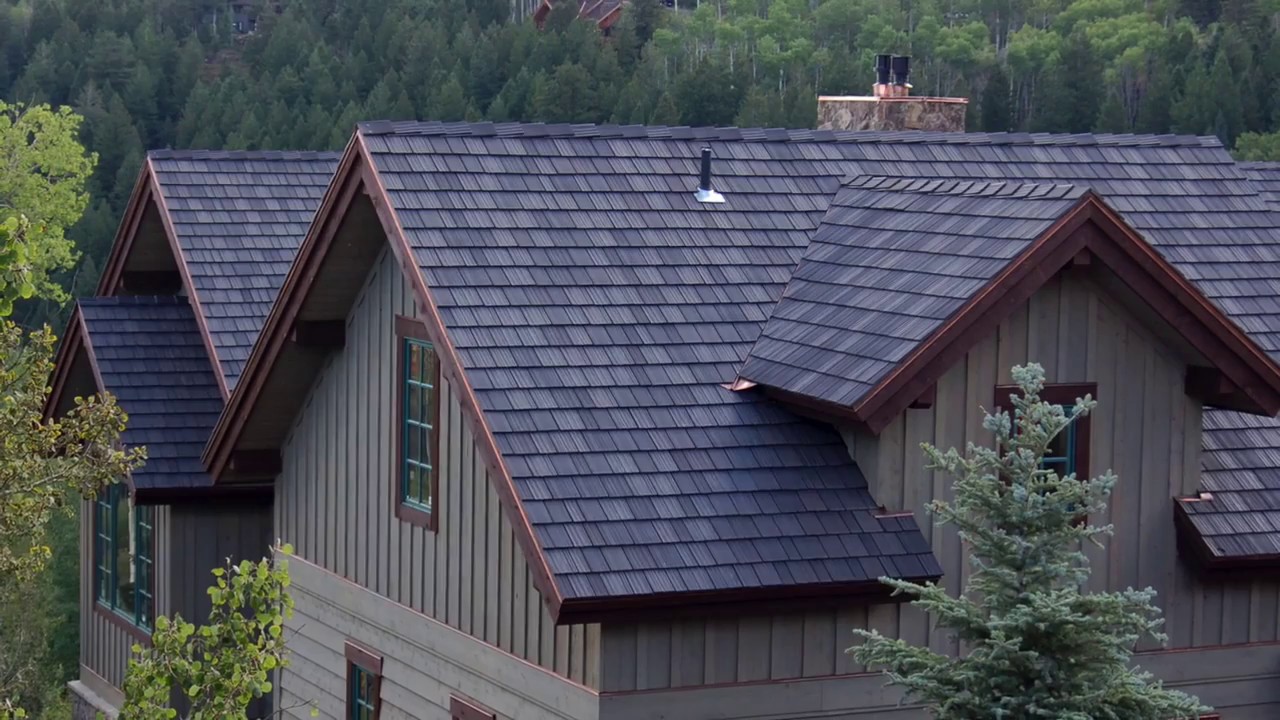
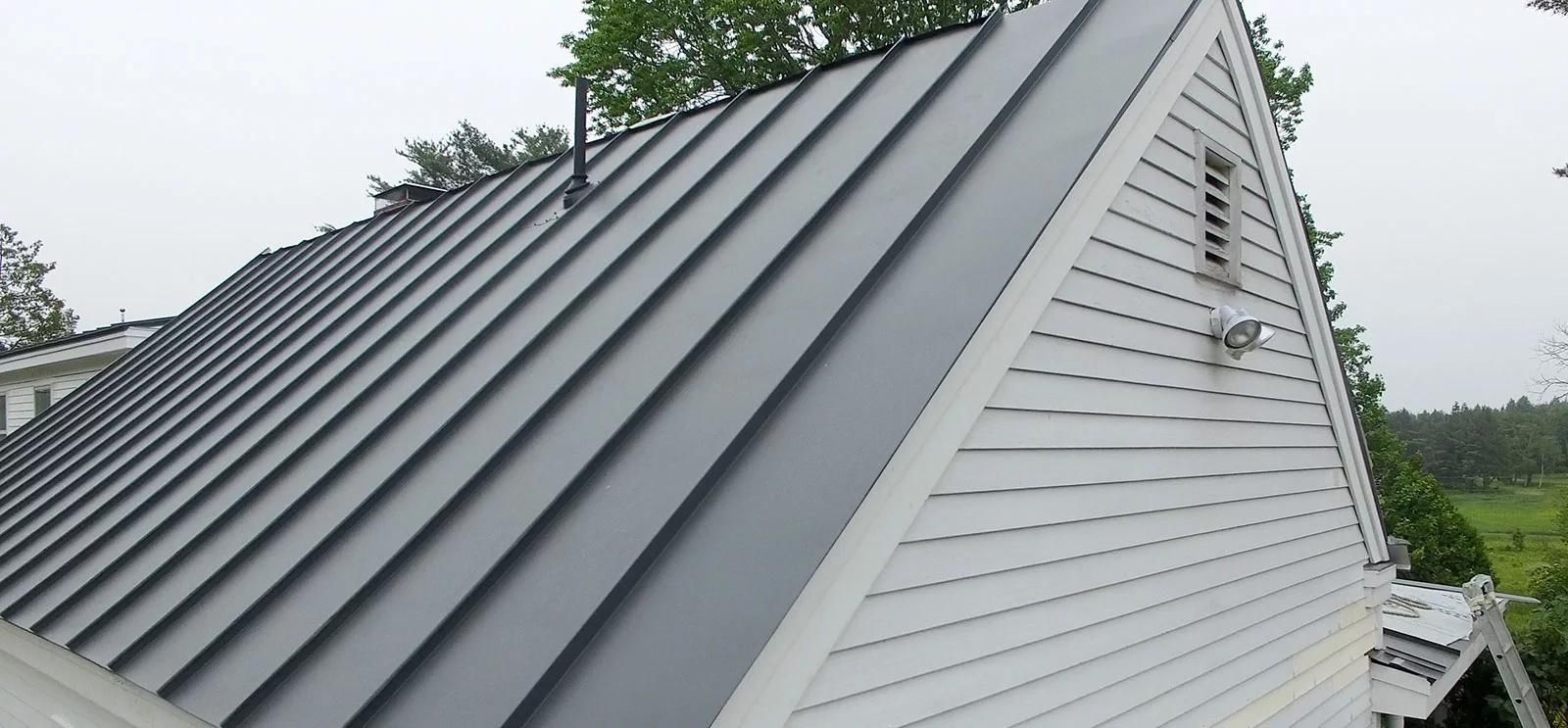
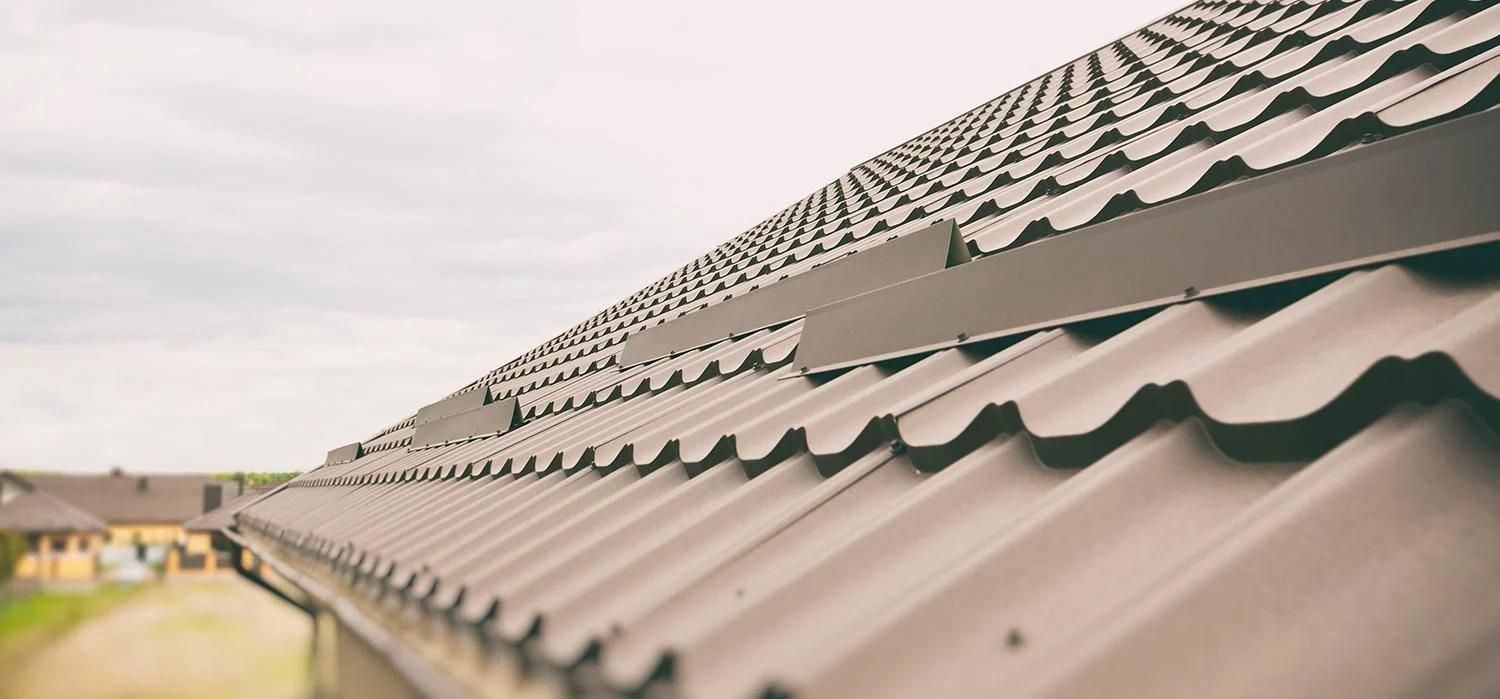
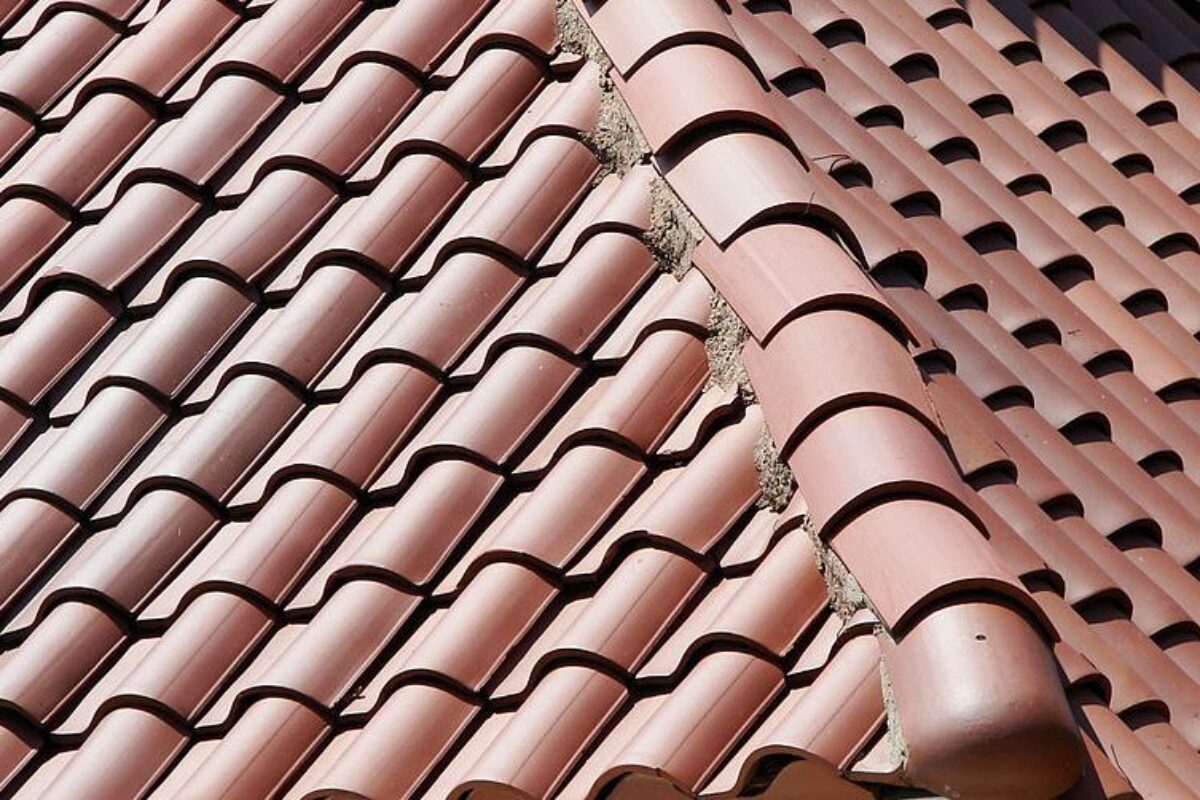
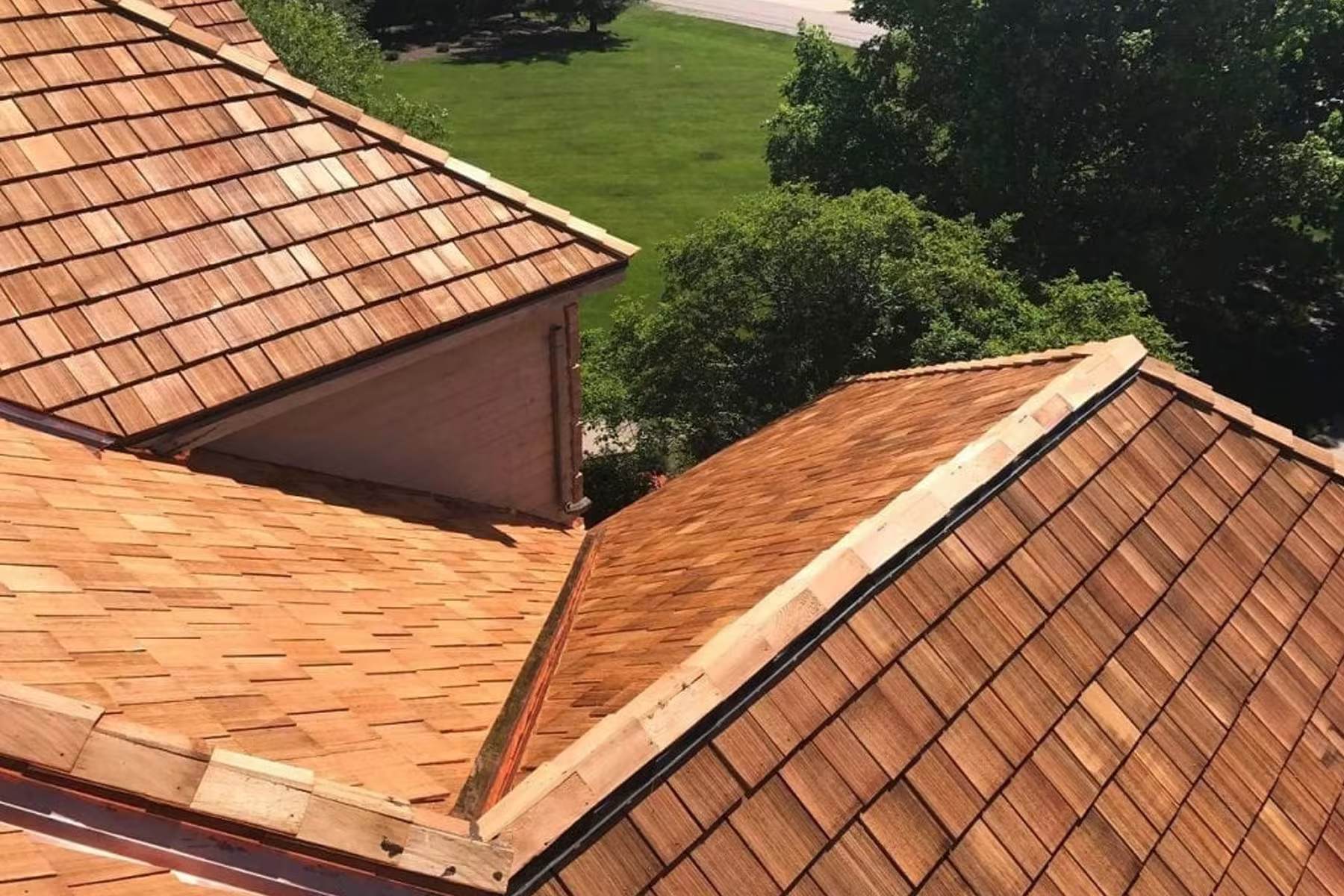
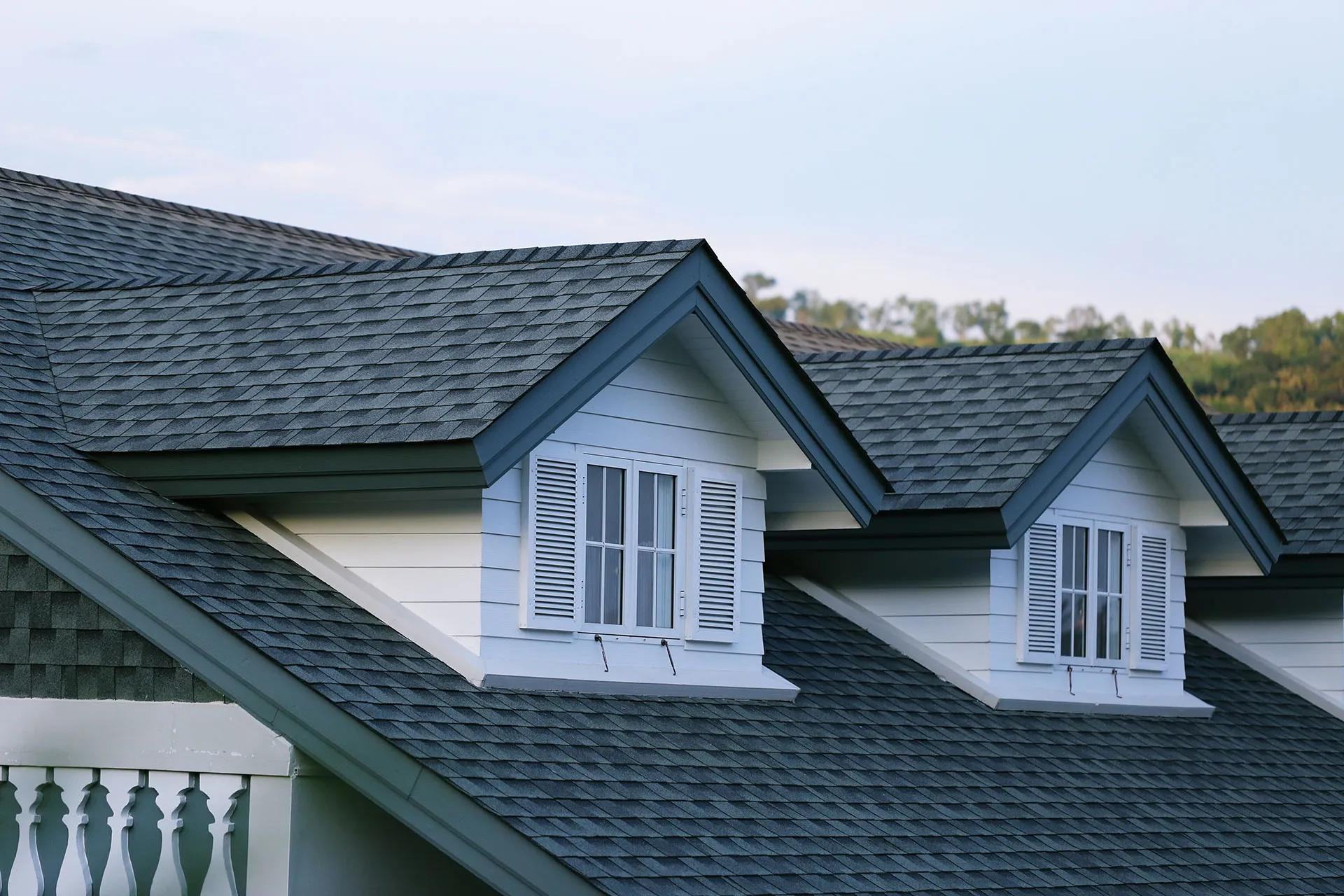
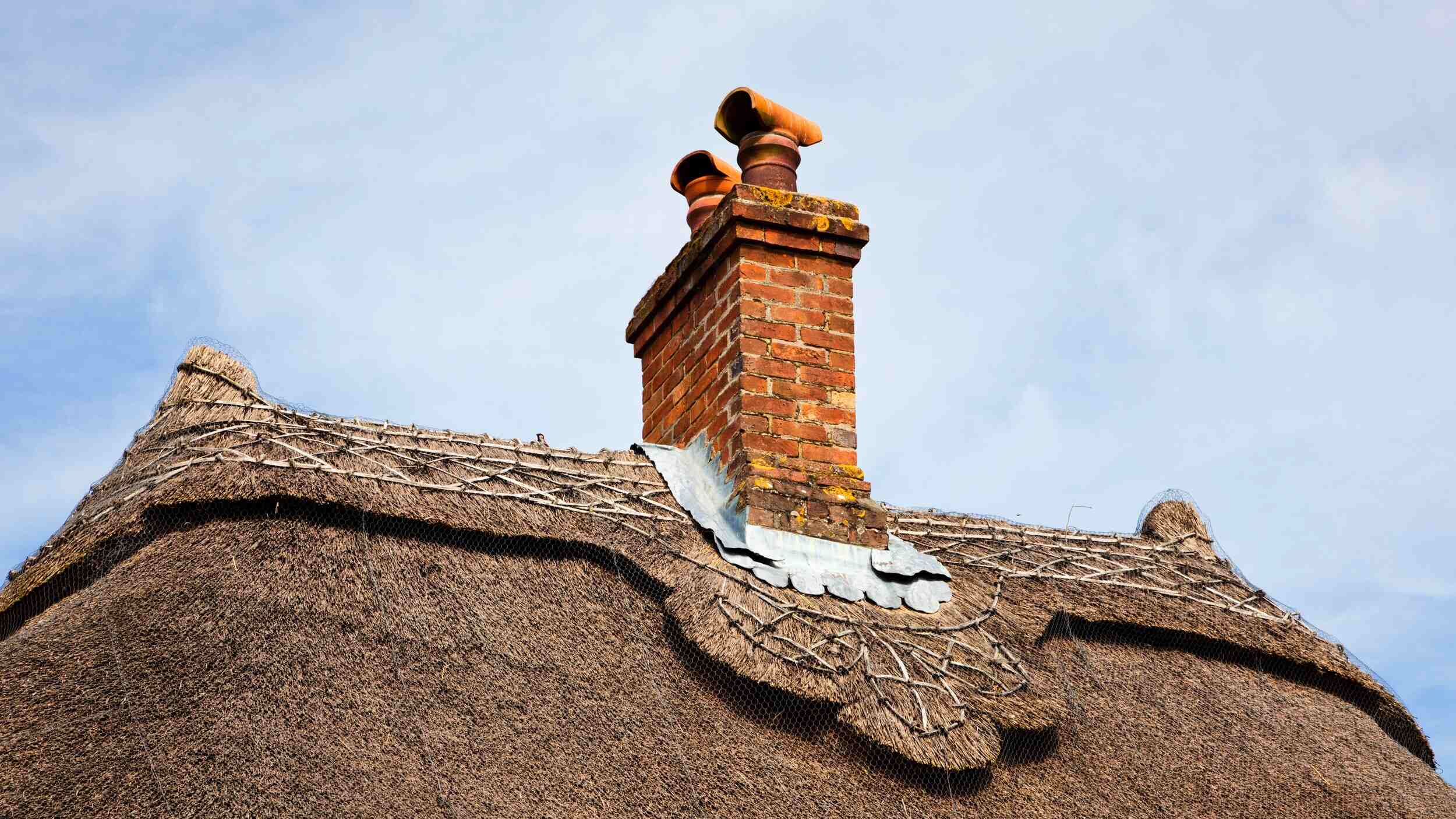
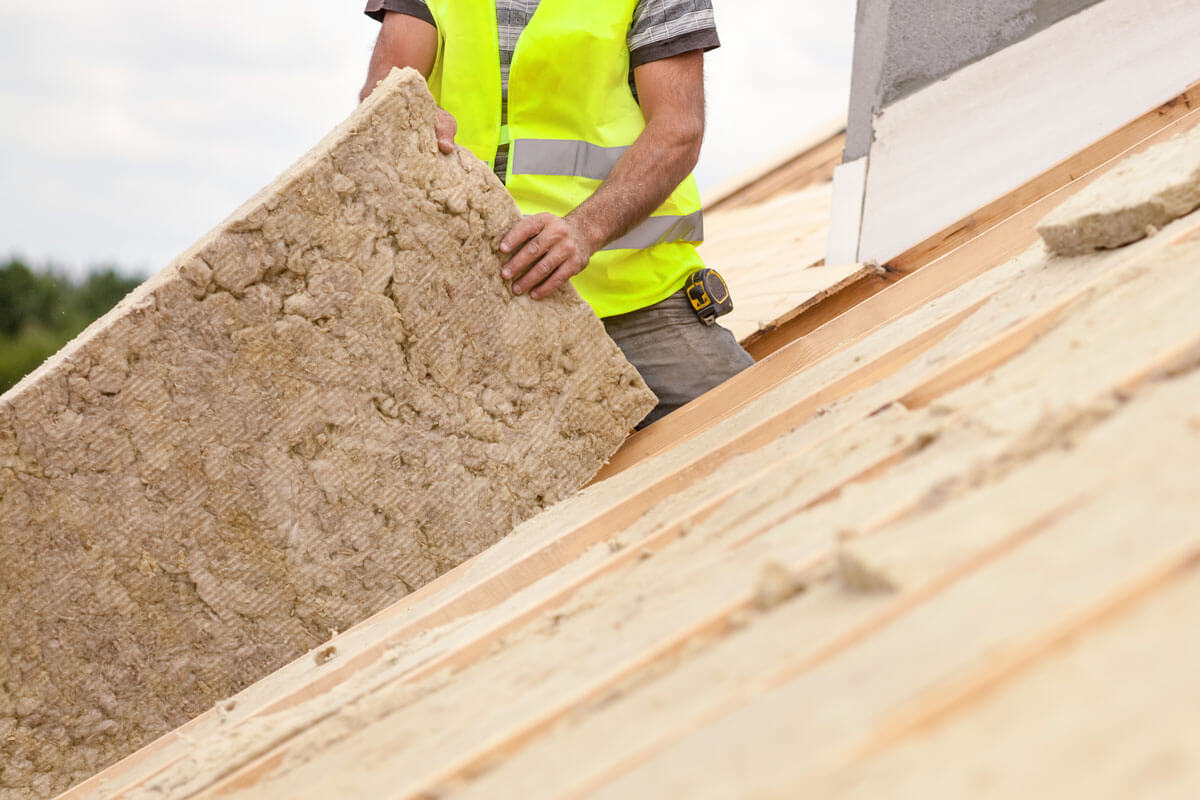
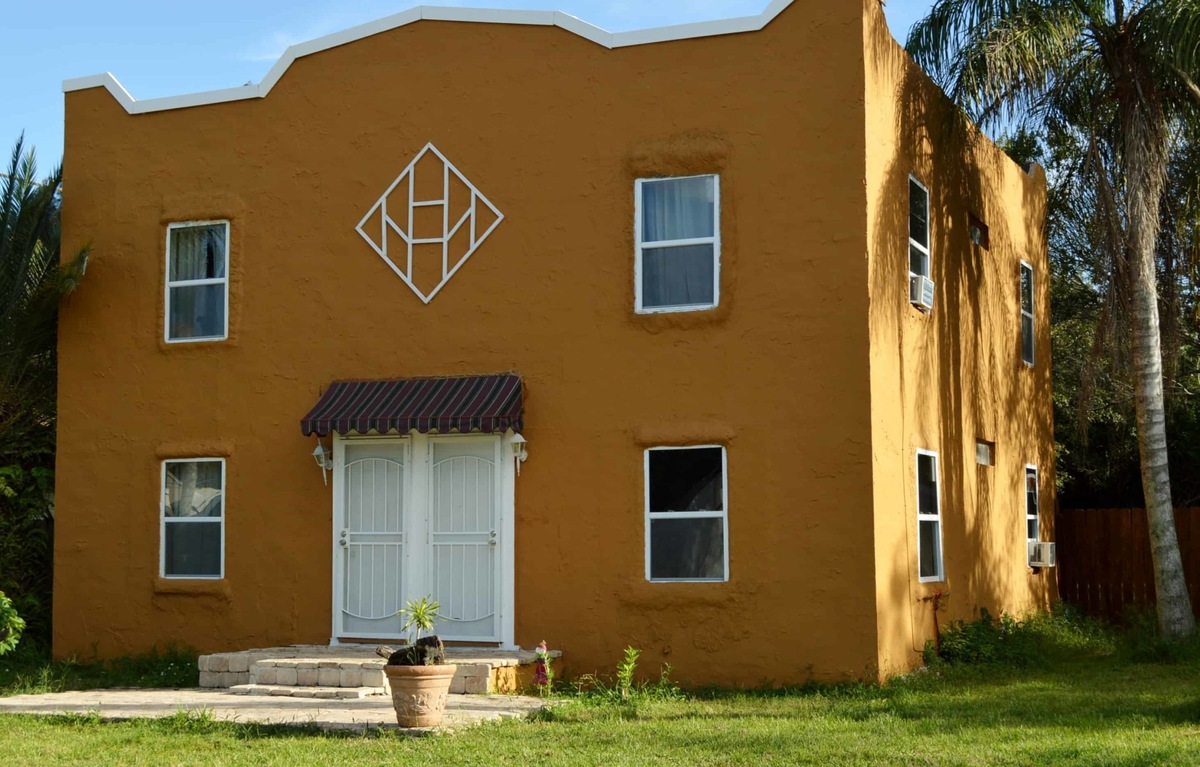
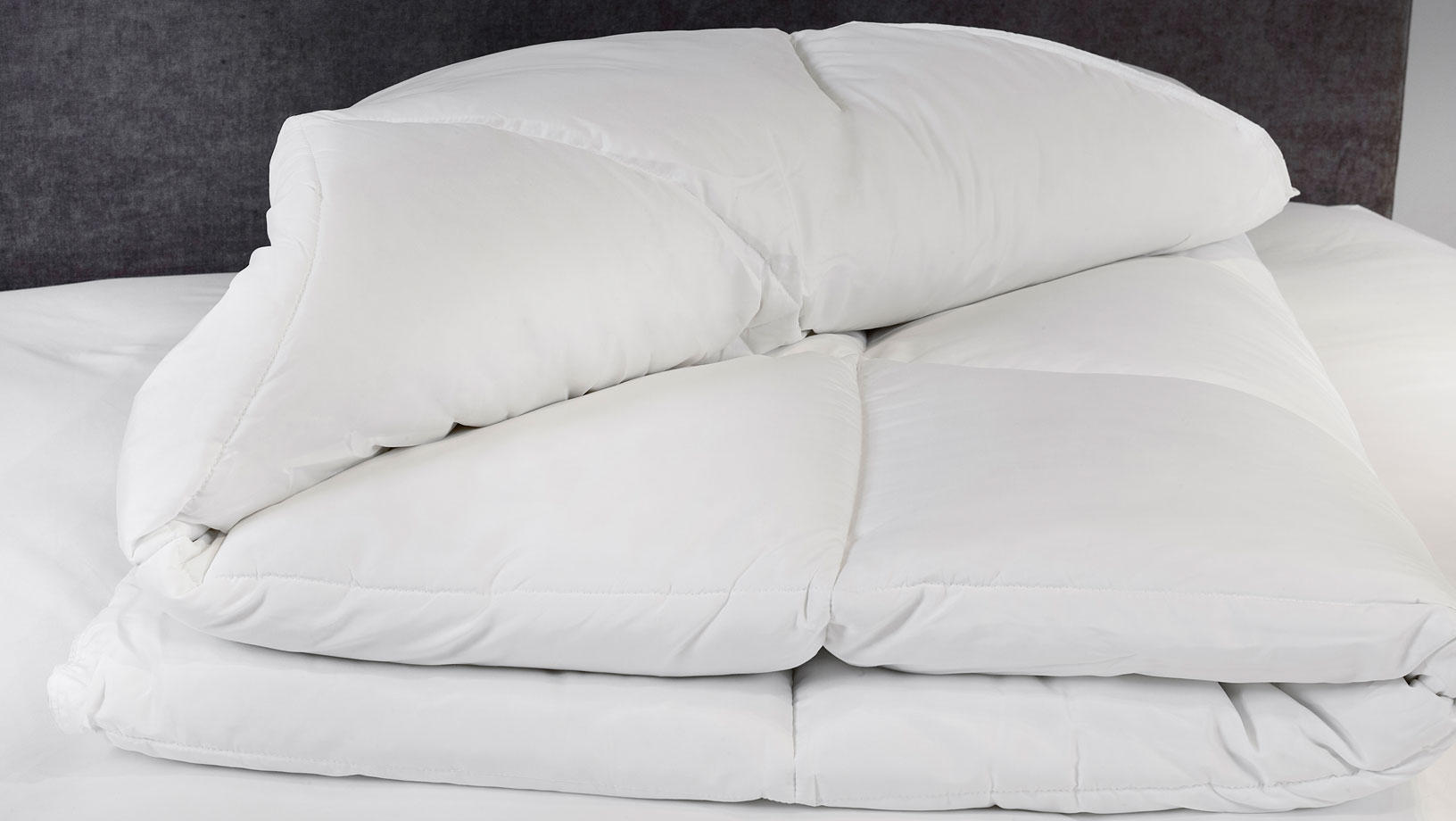
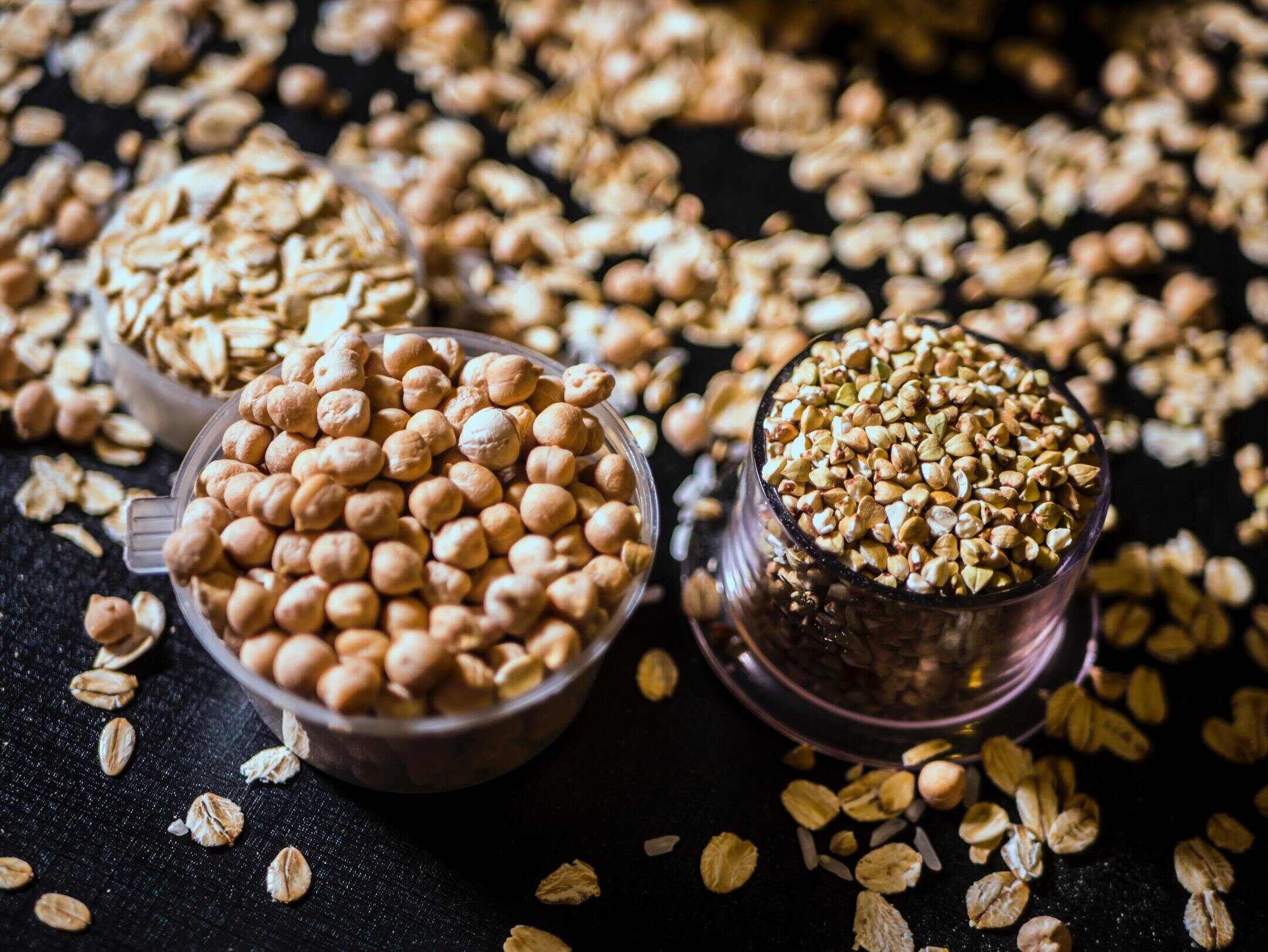
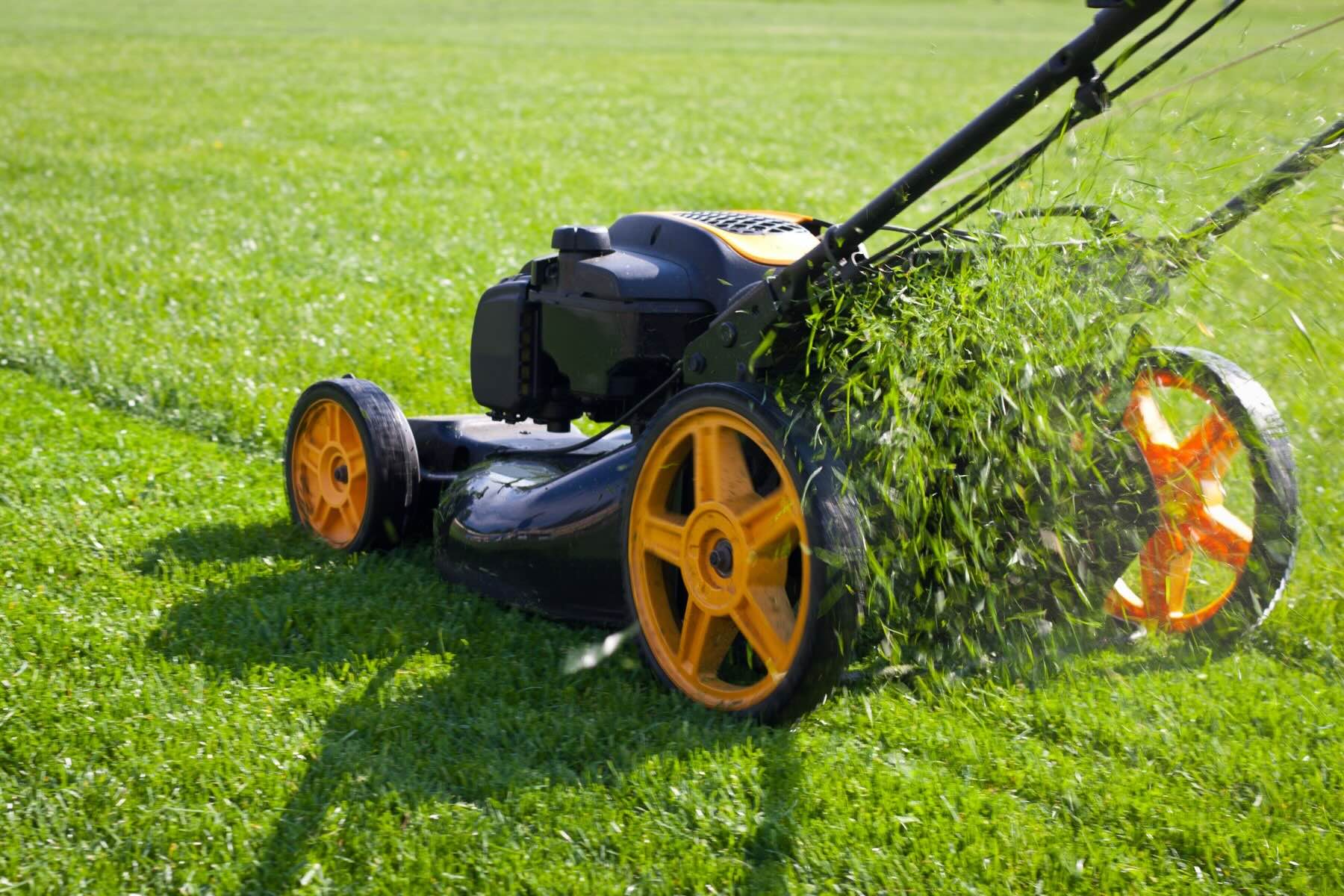
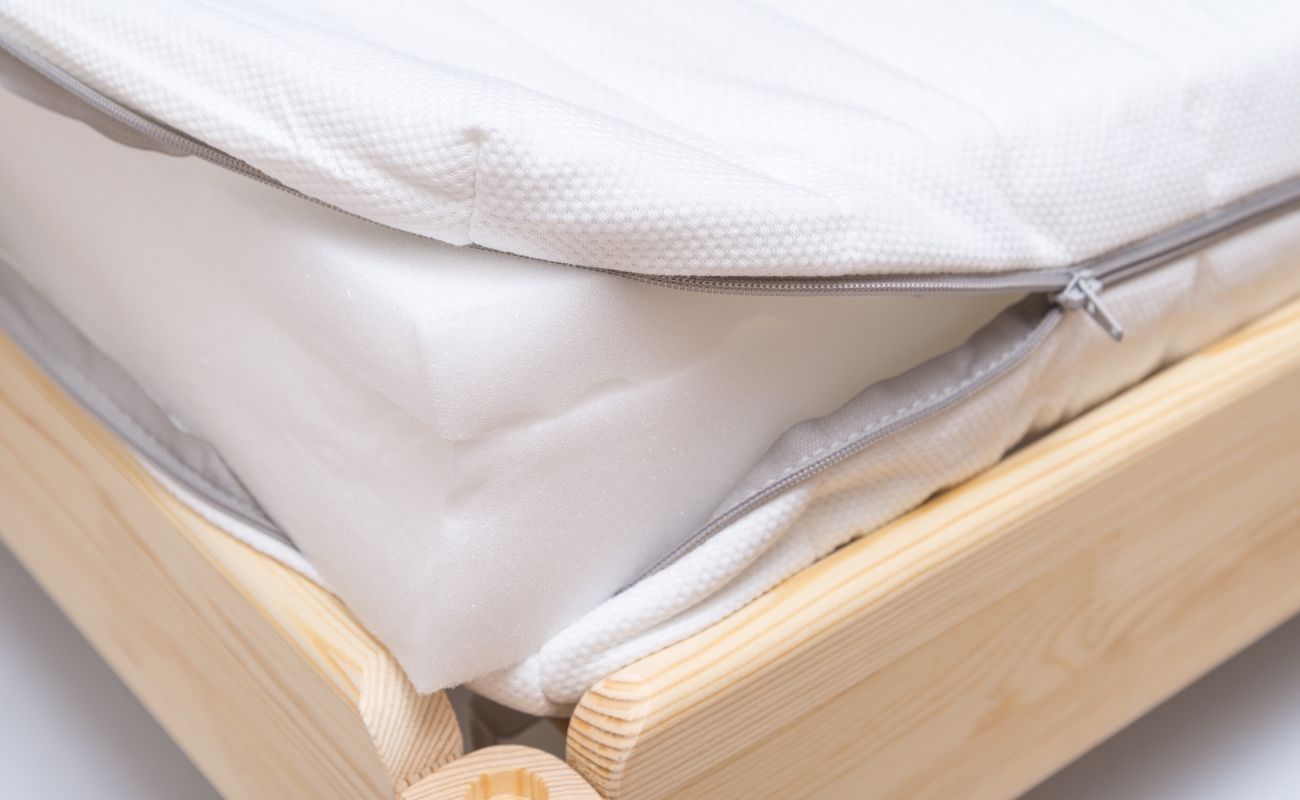

0 thoughts on “How Long Does A Thatch Roof Last”